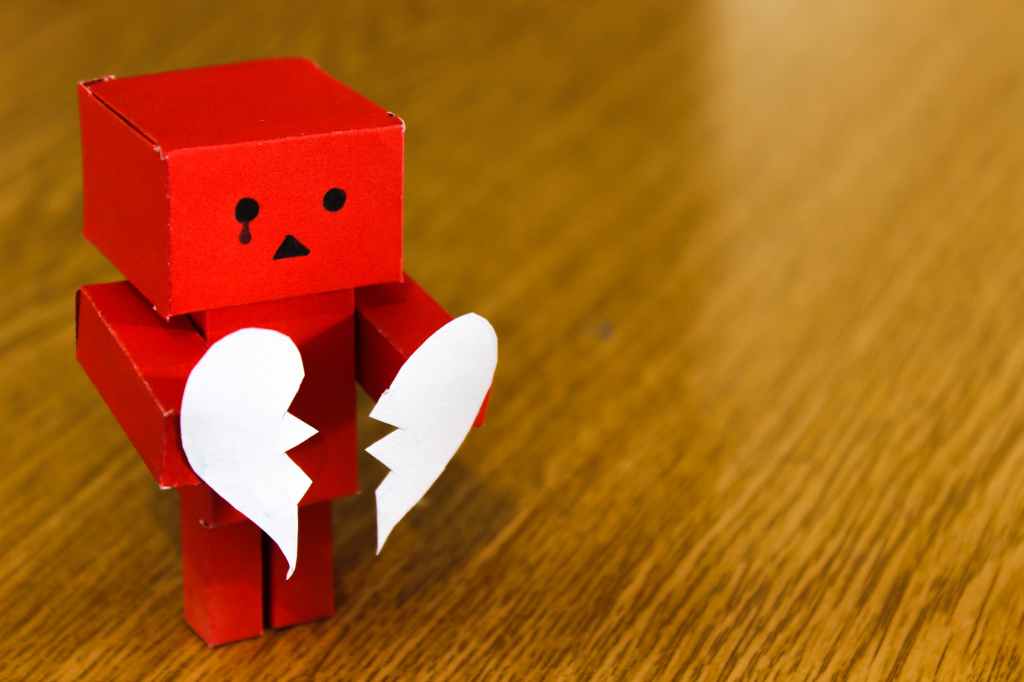Crying is a common experience. “A study in the 1980s found that women cry an average of 5.3 times per month and men cry an average of 1.3 times per month. A newer study found that the average duration for a crying session was eight minutes.” (Heathline) Does this mean your characters should cry that much in your story? Probably not.
Like flashbacks and dream sequences, crying scenes should probably be used sparingly. Too much can make it feel over the top and lose the reader. However, if you never utilize it, you risk your characters coming across as emotionless robots.
Here’s some quick tips on how (and when) to include crying scenes:
Consider how your character feels.
This may seem obvious, but nothing really is. Crying doesn’t necessarily mean sad. Some people cry when they’re happy or overwhelmed. People cry differently for different reasons. Make sure your character’s emotions are shown to the reader other than the crying detail. This is particularly important when considering your POV. If the scene is in first-person, your character is going to feel physical changes in their body before, during, and after they cry. Again, you don’t need to include every little detail. But consider which details will help set the tone. If the scene is in third person, or someone is watching someone else cry, your scene is going to require different details. You have a whole cast of characters to play with! Make sure you’re picking the right character at the right time. Even if your main character isn’t the one crying, it will still have an impact on the book as a whole.
Now that you know your character’s emotions, get more specific.
Consider the emotions you have chosen carefully. Sadness, for instance, has a huge range. Someone could be feeling grief, despair, or lonely. Take a moment to ask yourself what your character is truly feeling. You don’t have to literally say this, of course, but it will help you figure out the most believable approach. Consult an emotional sensation wheel used by therapists or flip open the The Emotion Thesaurus: A Writer’s Guide To Character Expression by Angela Ackerman and Becca Puglisi. No matter what, remember that some people full-on ugly cry. Some people sniffle. Some people feel aches and get a tight jaw. Play with these differences to make sure it flows with the character and the scene in a way that compliments your story.
Double check your biases and consider tropes
This is a big final step that I think all authors need to take with every aspect of their work, but I am going to focus on crying. The main tip I have here? Men cry, too. So do heroes. We all know that trope of the stoic male hero who shoulders everyone’s emotions. It can work in certain genres (like military fiction), but at the same time, readers generally want to see more humanity from your characters, especially your protagonist or hero. Take a moment to ask yourself if you are treating all your characters equally. If you are, your characters are going to display emotions differently. Men will cry—and do cry—for lots of reasons. Make sure you’re not relying on stereotypes. Utilize real life by thinking about times in your life where you’ve seen loved ones cry. Don’t be afraid to dig deep and ask yourself why you cry. Make a list and consult it when developing your characters and scenes.
In the end, it’s always good to get beta reader feedback. Run your crying scene by some fellow writers or readers of your genre, and ask them how they felt when reading it. This is important because you want to make sure your reader is feeling the intended emotions (which isn’t necessarily the emotions your character is going through, but that’s a different post for another day). A crying scene can be a delicate balance. You’d be amazed how big of a difference a few words can make. Taking the extra time to make sure emotional scenes hit right can make the difference between your reader feeling connected to a story and feeling so-so about it.
My only personal pet peeve? The crier who doesn’t realize they’re crying. Not that it isn’t realistic. It totally is! But I feel like it’s been way overdone and there’s lot of other types I have yet to see. I also don’t think crying has to happen in the climax, as it often does when it’s centered on the protagonist. While I understand that the main character is supposed to be at their worst in the climax, emotional ranges can be found throughout your book. I’ve found that my favorite scenes in stories are the ones that surprise me in some way. Twist those tropes and you might just get there.
How and why do your characters cry?
Share a snippet below from a WIP and you’ll be entered to when a first page critique. Winner chosen Wednesday, May 19.
~SAT
Don’t miss the giveaway this post! Check out that last line and be entered to win a first page critique. If you feel uncomfortable sharing below, you can always send it to me through my Contact page. If you don’t want to share an excerpt, then just tell me about a crying scene you’re working on or have worked on in the past.


I think you’re right, and there are stereotypes. Men are never allowed to cry, and women seem to do nothing else.
Then I think about anime, where both men and women turn on the waterworks during emotional moments. They really like people to cry with snot, too. Maybe that’s a cultural thing?
That’s a good question. I can’t speak for anime, but it is interesting how different mediums from different cultures have unique expectations. I watch a lot of KDramas, and they allow men to cry all the time! Definitely more than American shows and books. It’s really refreshing.
~SAT